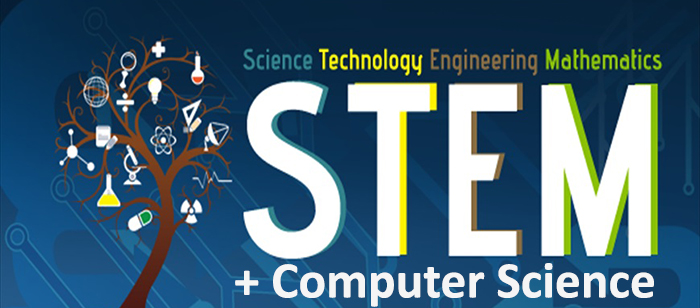Congressman Smith’s STEM Education Act Signed Into Law
 The president this week signed into law the STEM Education Act of 2015 (H.R. 1020), a bipartisan bill I introduced as Chairman of the Science, Space, and Technology Committee. The bill strengthens science, technology, engineering and math (STEM) education efforts and expands the definition of STEM to include computer science. The bill recently was approved unanimously by both the House and the Senate.
The president this week signed into law the STEM Education Act of 2015 (H.R. 1020), a bipartisan bill I introduced as Chairman of the Science, Space, and Technology Committee. The bill strengthens science, technology, engineering and math (STEM) education efforts and expands the definition of STEM to include computer science. The bill recently was approved unanimously by both the House and the Senate.
We must prepare our students for degrees in STEM subjects to ensure that they have the ability to thrive in today’s technology-based economy. This means motivating more American students to study STEM subjects, including computer science. Unfortunately, America lags behind many other nations when it comes to STEM education. American students rank 21st in science and 26th in math.
The STEM Education Act expands the definition of STEM, encourages students to study these subjects and trains more teachers. I thank my colleagues on both sides of the aisle for their work getting this important bipartisan bill on the president’s desk.
The STEM Education Act of 2015 directs the National Science Foundation (NSF) to continue to award competitive merit-reviewed grants to support informal STEM education. Informal education is work that takes place outside of the classroom at places like museums, science centers and afterschool programs. These types of efforts engage students in STEM subjects and fields in ways that formal classroom training often does not.
The bill amends the NSF Noyce Master Teaching Fellowship program to allow teachers in pursuit of Master’s degrees to participate in the program. This would allow more teachers the opportunity to compete for the grants. Computer science is also added as a subject for the scholarship program. No new or additional spending is authorized in the bill.








